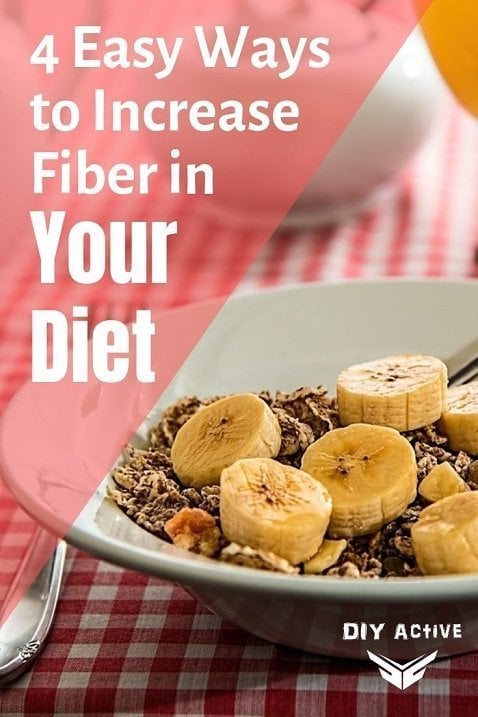How To Increase Fiber In Your Diet
Dietary fiber (sometimes called “roughage”) is vital for good health. As well as being crucial for proper digestive function, fiber also helps control cholesterol levels and keeps your blood sugar on an even keel. On top of all this, fiber can help with weight loss and makes it easier to keep it off.
Increase fiber in your diet
Fiber cuts down the amount of energy you absorb from your food. Fiber also helps you feel full for longer after you eat, meaning that you’re less likely to snack between meals.
If the word “fiber” makes you picture dreary cereals and inedible diet foods, think again. There are lots of tasty ways to boot your dietary fiber while adding enjoyment to mealtimes.
Pile your plate with vegetables
Delicious, nutritious vegetables are the perfect way to increase the fiber in your diet. Forget boring sides and look for vegetable recipes using your favorite ingredients.

Try starting your meal with an appetizer of vegetables or a fresh, crisp salad – that way, you’ll be more satisfied and closer to meeting your fiber target. For dessert, opt for a dish that includes fruit and preferably whole grains.
Ditch the juice for fresh whole fruit
Fruit and vegetable juices are often touted for their health benefits — but they have some downsides.
Although juicing leaves most of the nutrients intact, it strips out that critical dietary fiber. Fruit juices, in particular, are high in sugars, making them a less helpful choice for those trying to lose weight or control blood sugar levels.
Pre-packaged juices are often lower in nutrients than you’d think since they tend to spend a lot of time in storage before they get to your table. Instead of juicing your fruit and vegetables, eat them whole or chopped into a tasty fruit salad. Blending fruit into smoothies is another good option.
This preserves the fiber and allows you to add in other high-fiber ingredients. A scoop of bran, chia seed, or leafy vegetables like kale blended into your breakfast smoothie will improve its texture and put more fiber into your diet.
Think fiber when it’s time for a snack
When you’re stocking up on snacks, keep an eye on the fiber content. Many of our go-to quick foods — biscuits, muffins, doughnuts, sandwiches, and so on — are low in fiber and high in less healthy ingredients.
You don’t have to cut out your favorite foods, though. Choose higher fiber versions of your everyday baked goods, substituting a bran muffin for your usual variety, for instance.
If you can’t do without the low-fiber version, choose a smaller portion and add a handful of fresh blueberries, baby carrots, nuts, or dried fruit to increase the amount of fiber you’re eating overall.
Add fiber with nuts and seeds
Seeds and nuts are high in fiber and can easily be added to whatever you’re already eating. Scoop chia seed, flaxseed, chopped nuts, and other tasty ingredients are convenient, high in fiber, and very tasty.
You can scoop some into your porridge or sprinkle them over your cereal at breakfast time or add some to your favorite bread and cake recipes. A topping of flax or chia seed will give your ice cream, yogurt, or fruit salad a delicious crunch and an extra dash of fiber.
Seeds also make a great snack on their own, contributing to the fiber in your diet while also giving you a healthy nutrient boost.
Wrap-Up
There you have it, four ways to increase fiber in your diet. Are you doing any of these?